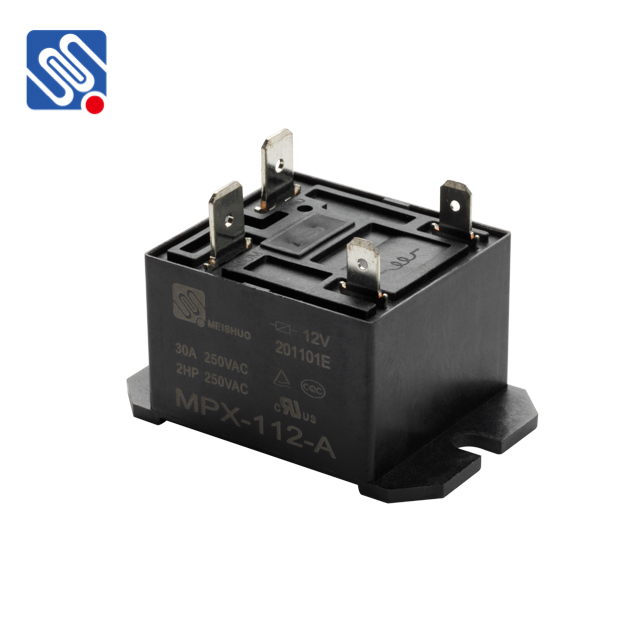understanding relay industry standards and their importance in electrical engineering
Release time:2025-08-28 05:05:06
In the rapidly evolving field of electrical engineering, relays play a crucial role in controlling circuits, enhancing automation, and ensuring the smooth operation of systems. As critical components used for switching electrical loads, the performance and safety of relays are of paramount importance. To maintain high standards of reliability, safety, and interoperability, a series of industry standards has been established. These relay industry standards provide a comprehensive framework for manufacturers, designers, and engineers to ensure that their products meet the necessary performance and safety requirements. This article aims to explore the key relay industry standards, their significance, and the role they play in advancing the relay industry.

1. IEC 61810: The International Standard for Relays
One of the most widely recognized and adhered to standards in the relay industry is IEC 61810, developed by the International Electrotechnical Commission (IEC). This standard covers the basic performance and testing requirements for electromechanical and solid-state relays. It specifies criteria for testing, reliability, and environmental conditions under which relays must operate effectively.
IEC 61810 is divided into several parts, each addressing different types of relays, including those for low voltage, high voltage, and other specific applications. The standard also outlines the test procedures to ensure that relays perform well in extreme environmental conditions, such as temperature fluctuations, humidity, and electromagnetic interference. Compliance with IEC 61810 is often a requirement for market entry in many regions, ensuring that relays meet the necessary international benchmarks for performance and safety.

